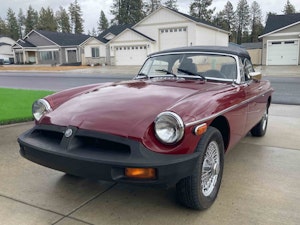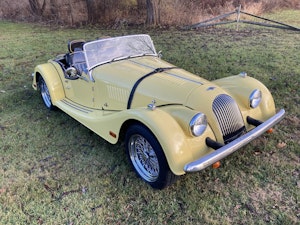Media | Articles
This miniature machine museum has tiny models that actually run
Maybe you built models as a kid, maybe even radio-controlled models with hobby shop gas engines that went “brraaaaap!” But you’ve probably never seen a 1:6-scale 1932 Duesenberg SJ made from 6000 hand-made parts with a real, gasoline-powered 32-valve straight-eight engine and a working three-speed transmission. Or an 18-cylinder radial aircraft engine the size of a salad bowl that will also burn gas and make power.
These and other unbelievable feats of micromachining and model building inhabit the Miniature Engineering Craftsmanship Museum in Carlsbad, California, where—believe it or not—the admission is free. Open since 2011 in a modern tech park in suburban San Diego, the museum is endowed by the Joe Martin Foundation for Exceptional Craftsmanship, named for the late Joe Martin, a local entrepreneur and model enthusiast who started Sherline Products, a maker of miniature machining equipment used in the hobby and medical industries.
The museum includes the 60-pound, 35-inch long Duesenberg, which took retired Missouri-based mechanical engineer Louis Chenot about 10 years and 20,000 hours to make, as well as glass cases full of miniature working engines, miniature working guns, and miniature working machine tools. The cavernous 16,000 square-foot building also houses exquisite display models, such as a pair of 1:6-scale cutaway Vought F4U Corsair fighter planes that are detailed down to the wing spar rivets and radio wires. Working models of a small-block Chevy Corvette, blown 609 Chevy drag motor, Ferrari V-12, Ford Model A engine, and 1:3-scale supercharged Hemi are among the miniature car mills on display, and there’s also an area dedicated to spindizzies—tethered model race cars popular in the 1940s and ‘50s.
20180110150432)
20180110150202)
Marketplace
Buy and sell classics with confidence
20180110183553)
20180110183701)
Somewhat touching is a beautiful scale model of the Napoleonic coach that was the symbol of GM’s Fisher Body division. Built in 1930 by 20-year-old Emil Kostron as his entry in an annual GM contest that awarded a four-year college scholarship, the coach finished in second place, leaving the museum placard to openly wonder what the first-place model looked like. For his incredible efforts, Kostron won a $25 savings bond, and went on to work in watch repair. His family passed the model down through the generations before donating it to the museum. In the 1950s, GM changed the model competition, asking entrants to produce models of futuristic dream cars, and several GM designers and executives came to the company that way.
In the back of the museum, a fully equipped machine shop keeps the collection in working order and gives visitors a peek into the process of making miniature running engines. Three times a day, a display of various engines powered by compressed air is switched on for visitors. A kids area lets children take a break from their electronic screens to work with their hands making Lego creations.
The Miniature Engineering Craftsmanship Museum is open Tuesday through Saturday, 9 a.m. to 4 p.m., and is located at 3190 Lionshead Avenue, Carlsbad, California, 92010.
20180110182522)








20180110183428)
20180110182459)
20180110182726)
20180110182756)
20180110183615)


